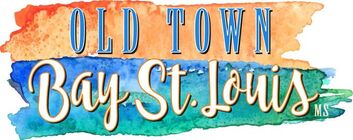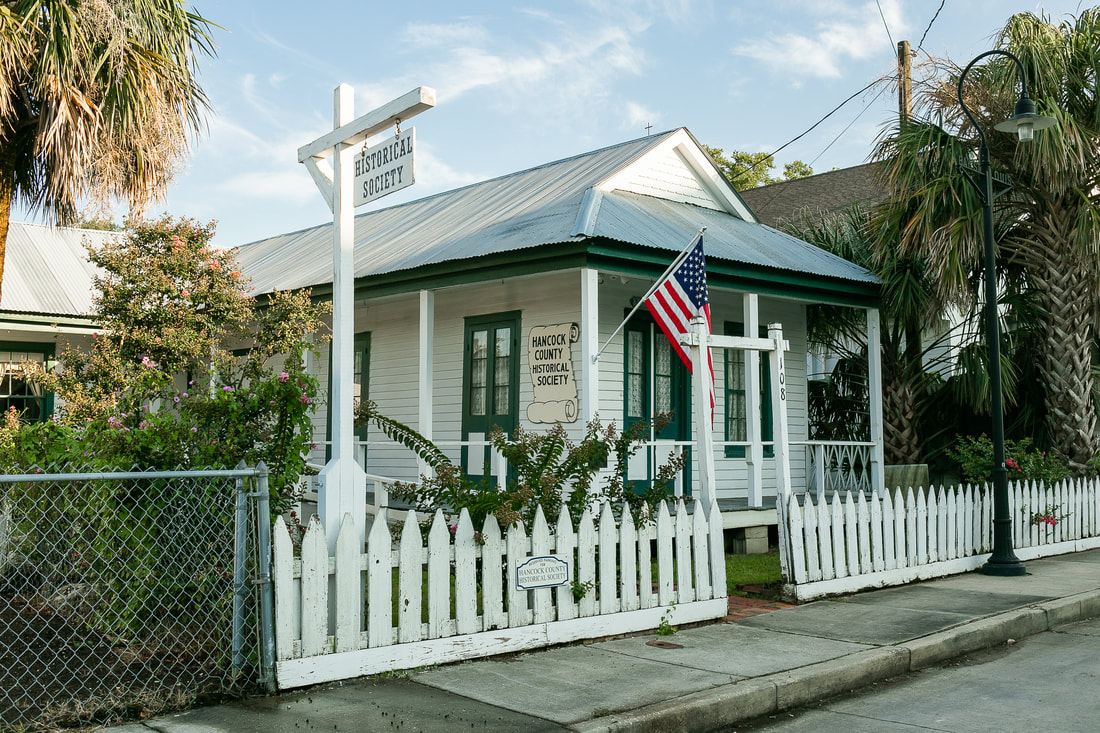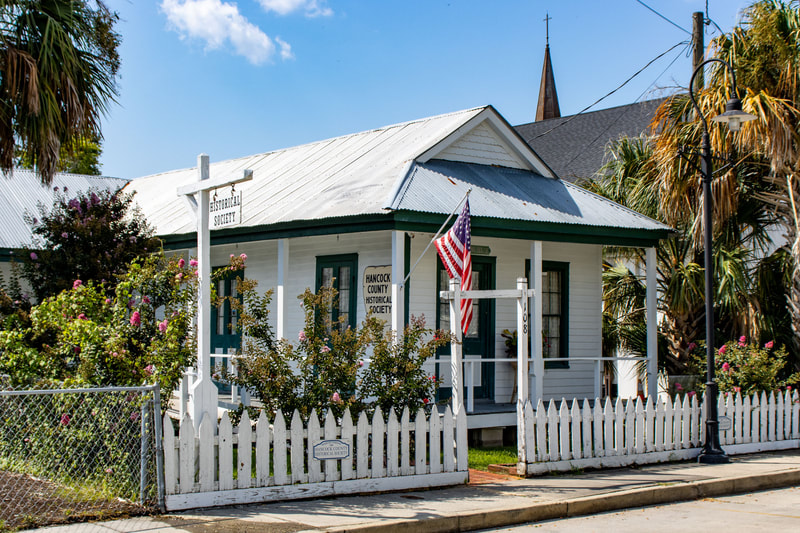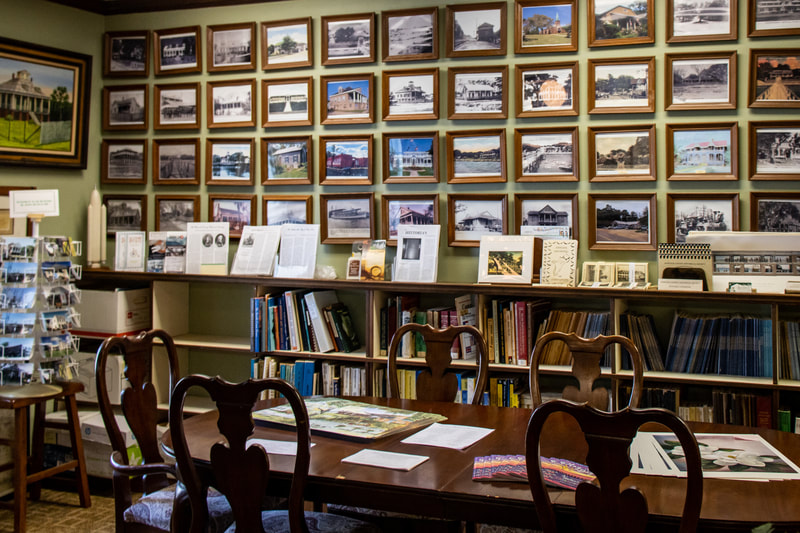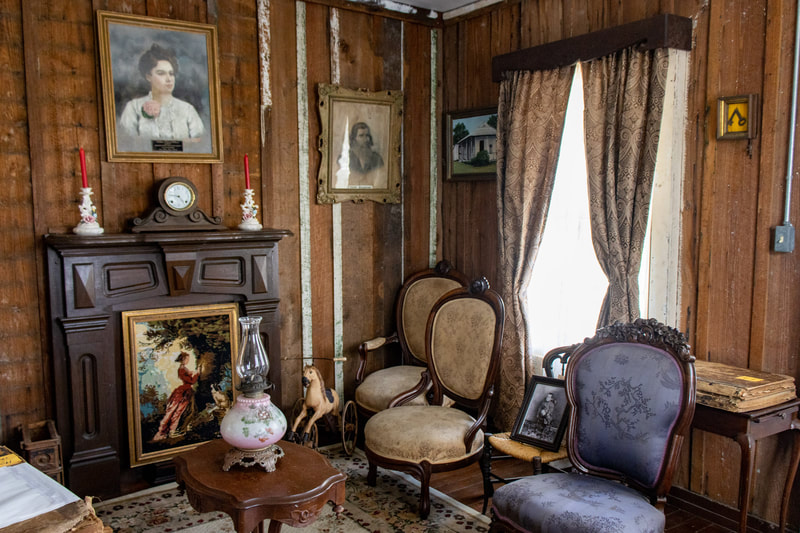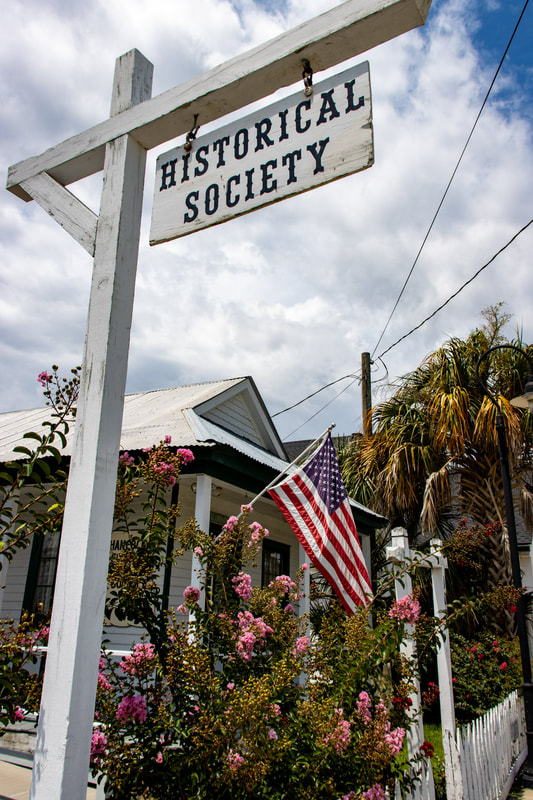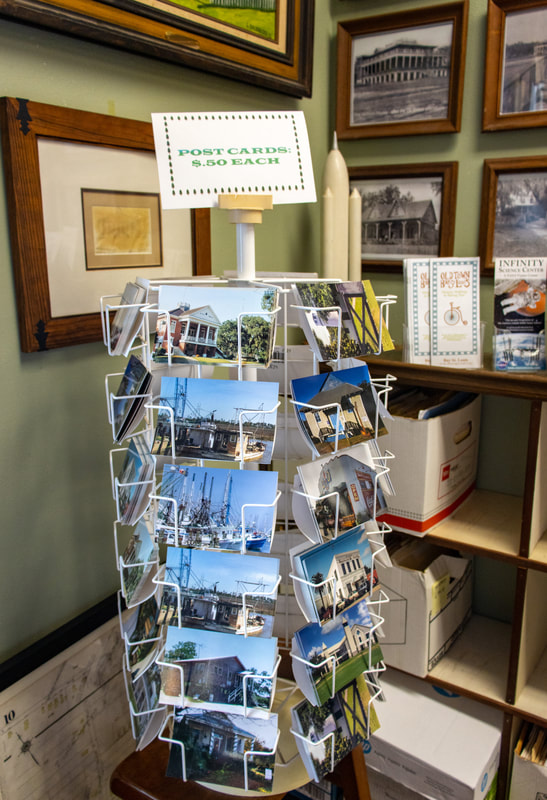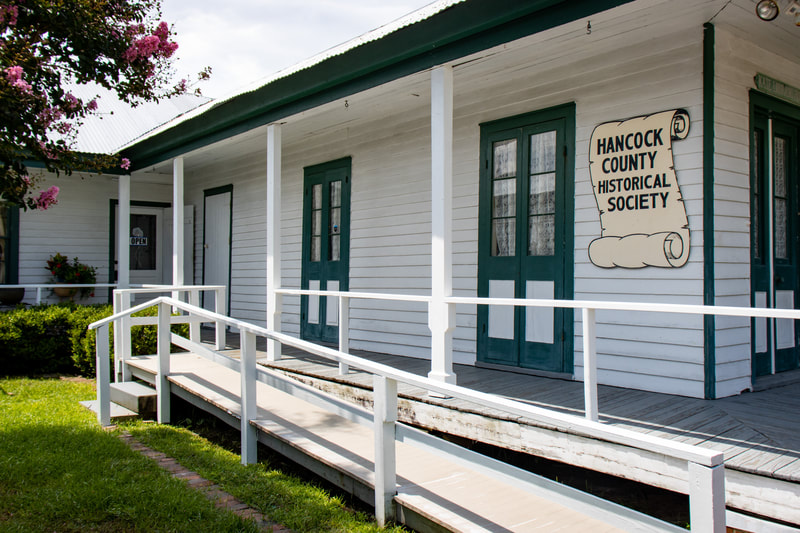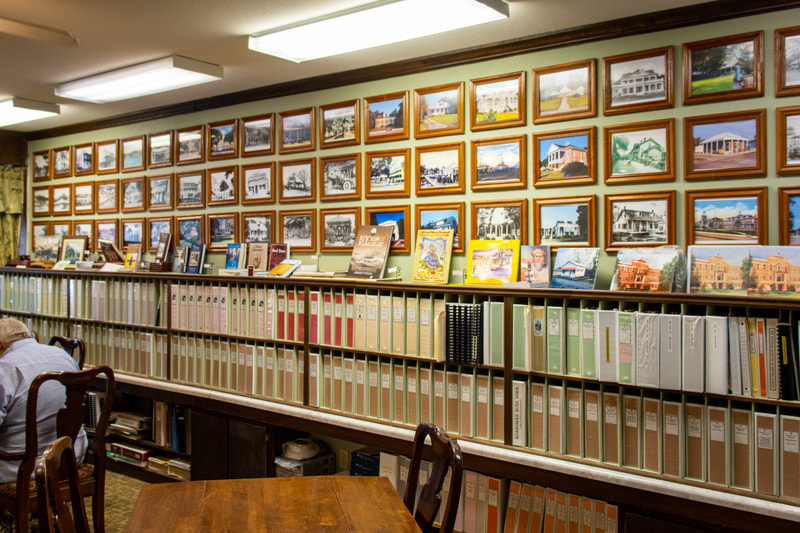Hancock County Historical Society
Preserving the history of Hancock County
|
📍108 Cue St. Bay St. Louis, MS 39520
📞(228) 467-4090 ✉️hancockcountyhis@bellsouth.net 🌐Hancock County Historical Society's Website 👍Hancock County Historical Society's Facebook |
Hours:
Monday: 10am - 3pm Tuesday: 10am - 3pm Wednesday: 10am - 3pm Thursday: 10am - 3pm Friday: 10am - 3pm Saturday: CLOSED Sunday: CLOSED (closed for lunch between 12pm and 1pm) |
